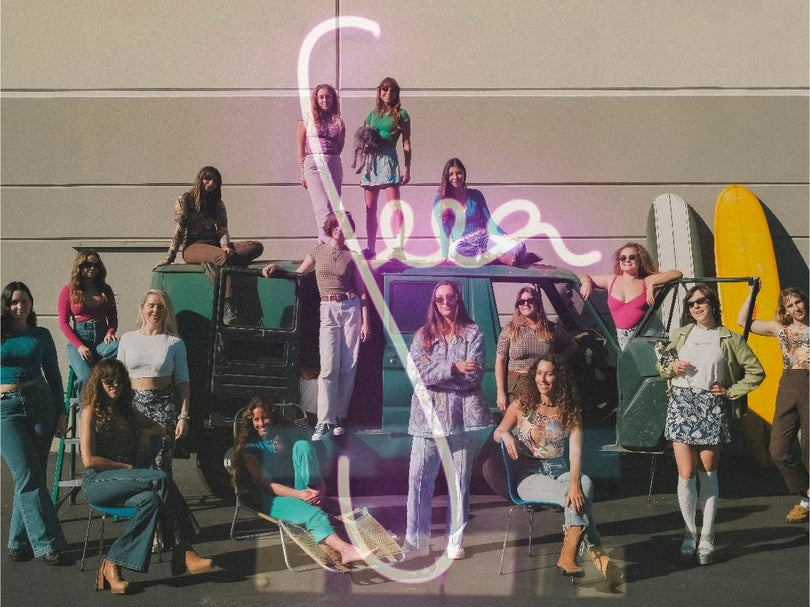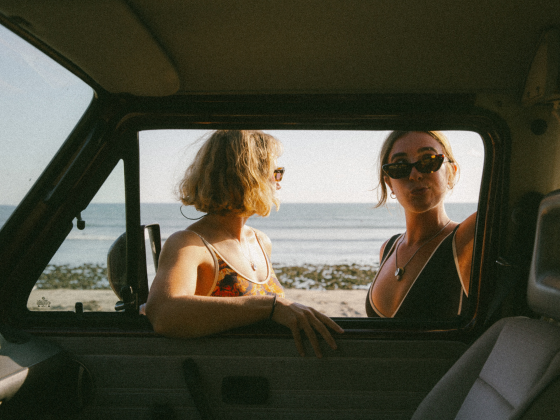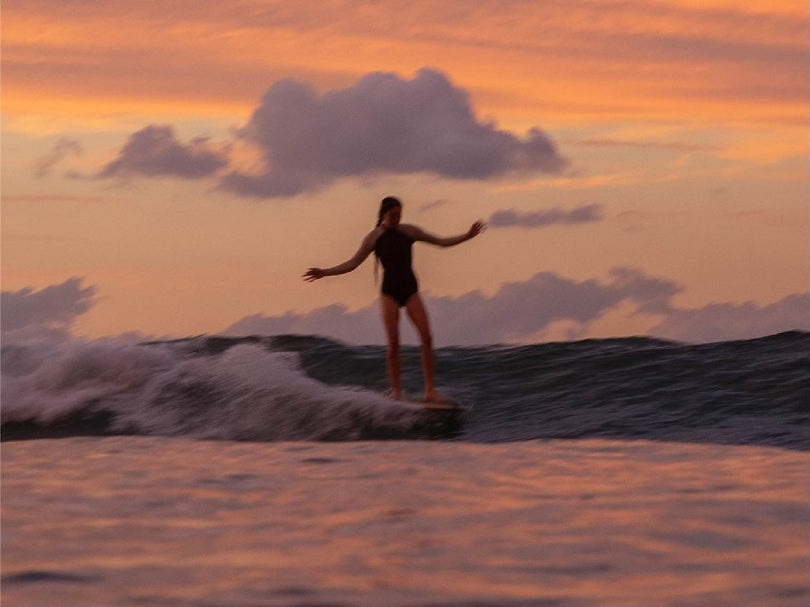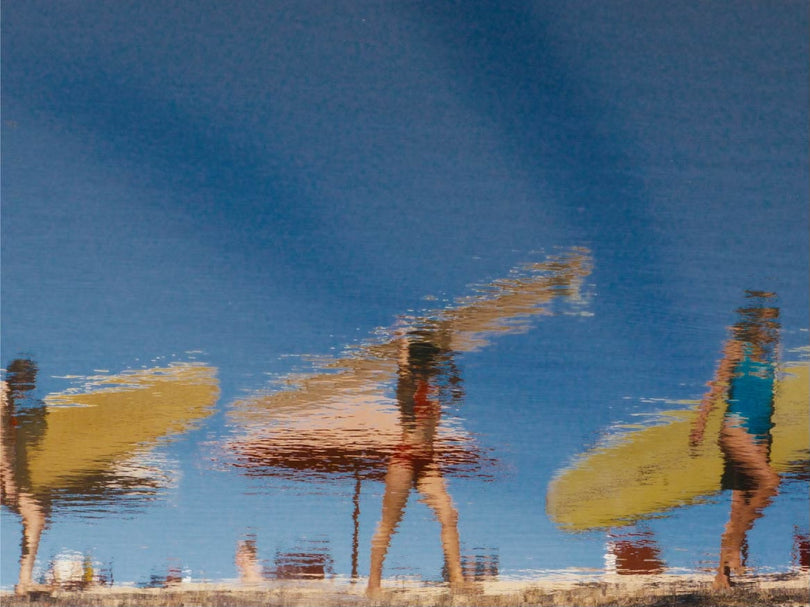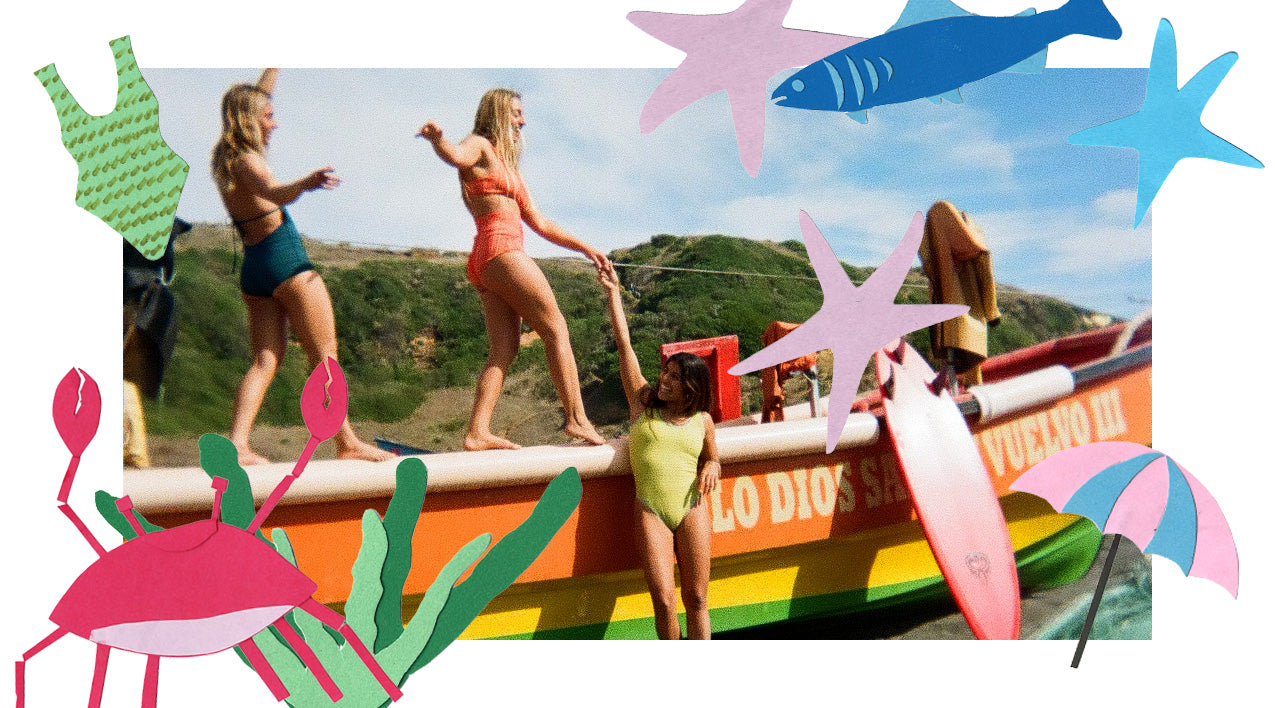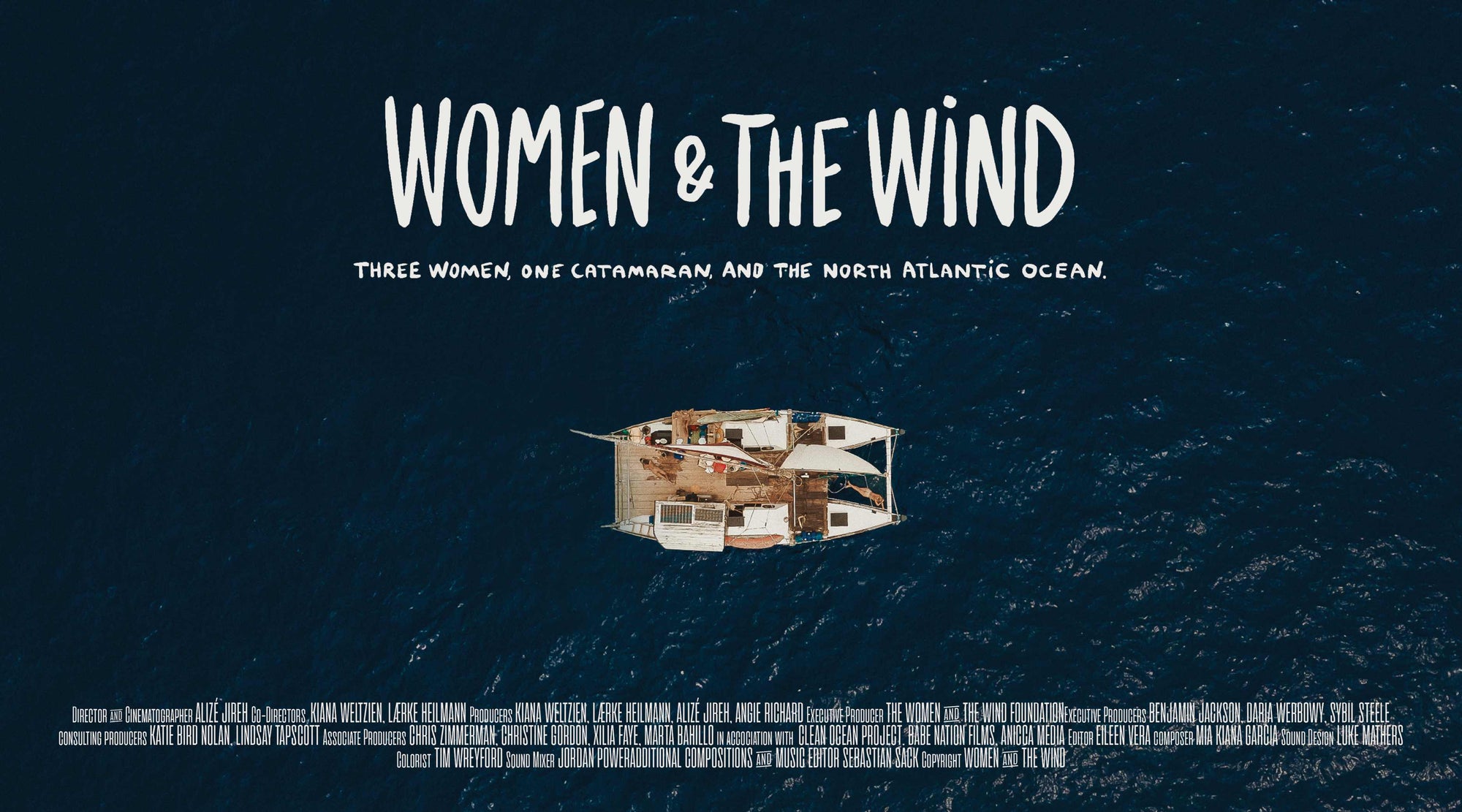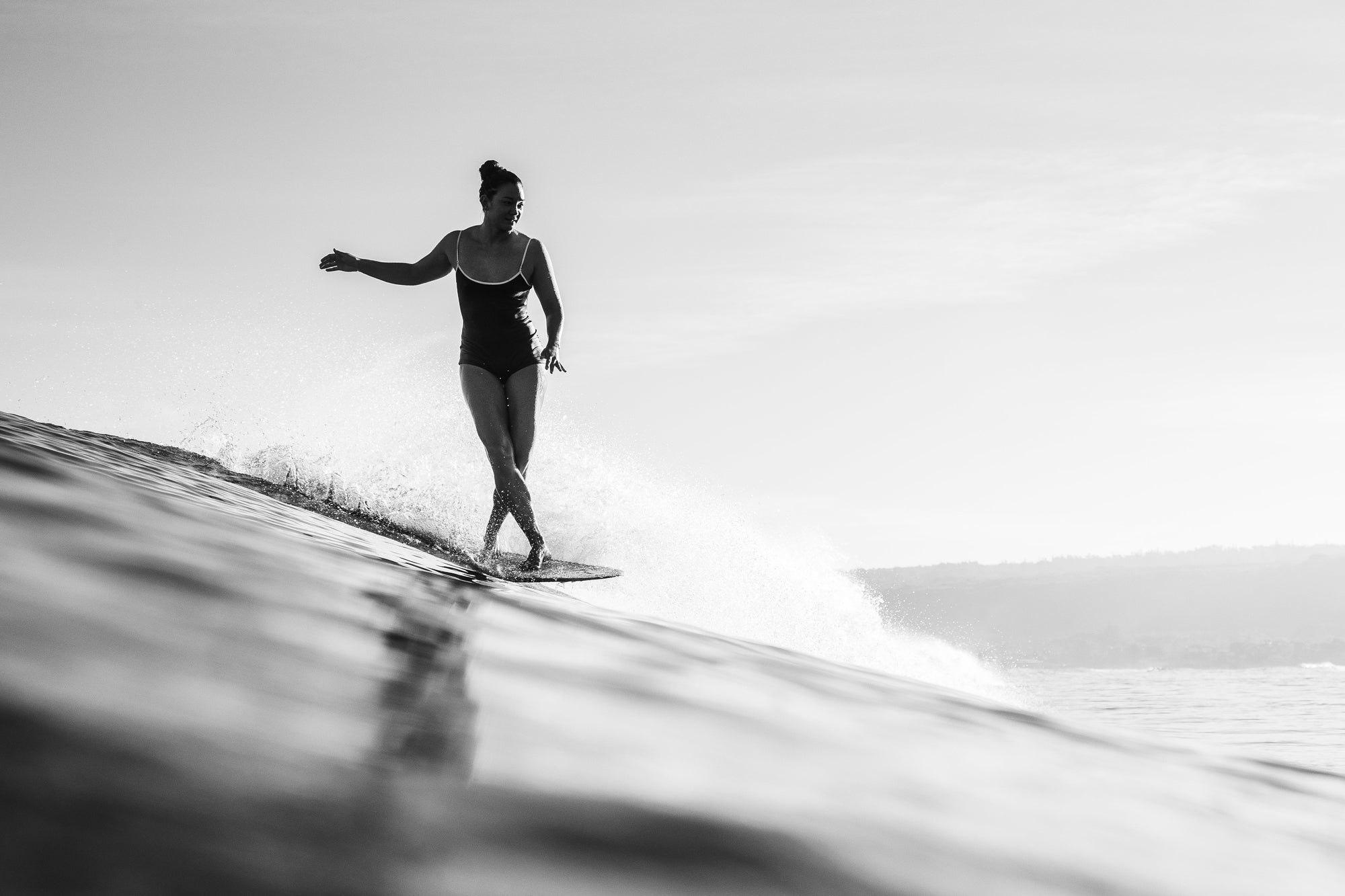
I grew up hearing stories of my parents packing all their gear into huge The North Face duffel bags and hauling their skis far south to the vertiginous, snow-capped mountains of Chile. My parents were 'dirtbags,' always in search of their next adventure, and that spirit, along with their travel wisdom, was passed down to me.
In March, I had the opportunity to travel to Chile to visit my "sister by choice," who was living in Pichilemu, a vibrant surf town known for the infamous Punto de Lobos. Stretching 2,670 miles from north to south, Chile is a long, skinny country sandwiched between towering mountains and endless coastlines, attracting outdoor enthusiasts eager to ski, climb, surf, and explore its abundant nature. Without hesitation, I booked a flight, reminded of my parents' Chilean adventures, and hoping to create my own memories—this time swapping powder turns for perfect left point breaks.
As someone who didn’t grow up in a surf family, traveling to surf can feel daunting. I often find myself wondering, “Will I find people to surf with?,” “What essentials do I need to pack?,” and “What do you do when you’re not surfing?” As I piece together the scrapbook memories of my time on the central Chilean coast, I want to honor what my parents did for me and pass down some travel wisdom about how to navigate and surf in Chile.
I've compiled a list of my Five Scrappy(Book) Essentials for traveling and surfing on the Chilean Central Coast.
Scrappy(Book) Essentials

1. Pack Light but also Thick
The Chilean Central Coast and its climate resemble Santa Cruz, CA. I visited in March and April, which is when Chile transitions into fall. Some days are warm enough to lounge on the beach in a swimsuit, while other days call for multiple layers. If you’re traveling during the fall (which I recommend for fewer crowds and pleasant weather), you can pack light but shouldn’t skimp on warmth. Squishing my 5/4 mm wetsuits into a tiny duffel bag, I was reminded why Chile attracts a special species of surfer. In March, Chilean fall, the water down South requires a thick wetsuit to keep you warm. I found balance by packing my 5/4 mm wetsuit for surfing, along with several bikinis and one-pieces for beach outings. I also packed plenty of layers to easily adapt between warm, sunny days and windy ones.
Here are some of my essential beach items for Chile:
Patagonia R4 Wetsuit: Kept me snug and warm in the chilly surf!
Bobby Top and Phoebe Bottom Bikini: This set is my ideal bikini. I love how it fits my body; it’s perfect for tanning on the beach, yet allows me to be active without compromising style!
The Maxine One Piece: This suit is incredibly flattering and can easily transition from beachwear to a tank top with shorts. I would wear it to the beach and then throw on some pants and a button-up to head to the farmer’s market.
Avasol Sunscreen: I reapplied this five times a day! I absolutely love it—it's reef-safe, feels great on my skin, and never causes breakouts.
Towel Pants: Although Seea is currently out of stock, I had to mention these! They’re daily essentials for me, perfect for wearing right after getting out of the water to help warm up and dry off. The Tessa Pant is another all-time favorite.
Love the suits you see? Check out our Chile Edit with suits inspired by the colorful fishing boats and endless coastline!
2. Learn Spanish!

For me, every travel experience becomes 1000 times better when I build relationships with the local people. Speaking the local language is one of the easiest ways to achieve this. While it's not the only way to connect with locals, it certainly facilitates the process, demonstrates respect, and helps foster a more genuine connection.
Some of the best advice my mom ever gave me was to start learning Spanish in elementary school. Through my travels in Central and South America, along with my efforts to speak Spanish whenever possible in the US, I’ve achieved a conversationally fluent level. Yes, I make plenty of mistakes, but being able to communicate on a linguistic level allows me to make many more friends and connections while traveling.
While many people in Chile and throughout South America speak English, the best way to show respect and connect is to make an effort to speak the local language. It’s okay to make mistakes; in fact, it’s part of the process. You might find it challenging to express exactly what you want to say or feel embarrassed when you stumble, but the effort you put in speaks volumes, and after a few tries, everything starts to flow more easily!
A side note: Chileans use a lot of slang, and Chilean Spanish is known to be particularly challenging to understand. Be kind to yourself and don't hesitate to ask for clarification if something isn’t clear!
Here are a few key words and phrases to get you started:
Cachai: You get me? → Chilean slang that can be used when trying to see if someone is keeping up with what you’re saying
Bacan: Cool → More Chilean slang and just nice to throw into conversation
Piola: Chill or Calm → Chilean slang, use it to describe a person or place
Remar (Rema): To Paddle (Paddle) → Someone might call this out if they are encouraging you to paddle for the wave!
Trae (Trae de Baño) → Wetsuit (Swimsuit)
3. Locals are friendly, be kind to them and respect local fishermen.

Chileans are incredibly kind! I made friends for life and am truly grateful for all the relationships I built both in and out of the water. When you're surfing, be sure to respect the locals and wait your turn in the lineup. Chile is full of great waves, so avoid putting yourself and others at risk by dropping in on someone else's wave.
Another important point is to respect the local fishermen. Many surf breaks are also where fishermen launch their boats, and it can be very dangerous to surf while boats are coming in and out. If you see a boat waiting to launch or return to shore, just wait for the next wave—more will come. The fishermen have been there for a long time, and it's essential to honor their presence and keep everyone safe!
4. More Mariscos (seafood)!

The amount of seafood I ate was truly incredible! Fish is so fresh and readily available on the Chilean Central Coast, and after a long surf, there’s nothing better than some refreshing ceviche. Local vendors sell fish and ceviche from their stands all along the coast. I became good friends with one family who ran a food stand, and my daily order consisted of a mariscos (seafood) empanada, queque (citrus coffee cake), and jaiba (crab) ceviche. Pro tip: you can request any seafood you’d like in your ceviche, and they will make it for you!
Here are some must-try mariscos:
Jaiba (crab): I ate jaiba as much as I could, whether in empanadas, ceviche, or boiled!
Macha (razor clam): A meaty, white clam that tastes fantastic fresh with a bit of lemon juice. I often asked for this in my ceviche!
Cochayuyo (bull kelp): You can find this at most markets or add it to your ceviche. I loved trying all the different parts of the bull kelp. Locals make it into salads, cook it, or use it in ceviche.
Piures (seasquirt): This red, tomato-like seafood has a distinct, almost fiery taste. My first introduction to piures was eating one fresh from a fisherman during my 6 a.m. morning walk, and it packed a bold flavor that early in the morning! When eaten fresh and raw, piure is salty and has the texture of an oyster, with a strong aftertaste. However, in ceviche or piure shots (similar to a shot of gazpacho), the flavor is full and bold, adding a great kick! A must-try!
5. Hit the Road!

Chile is famous for its road trips, and I highly recommend it! While you can travel by bus, having the freedom to stop in small towns and surf breaks is a real treat. A friend and I drove from north to south along the coastal highway, and the views were absolutely breathtaking. The waves, charming fishing towns, and stunning scenery are simply unforgettable. Roll down your windows, grab some snacks (I loved munching on Chilean strawberries and grapes), and set up your road trip playlist! I'll share my Chile Playlist, but here are some of my favorite songs:
-
1977 by Ana Tijoux
-
Open Your Eyes by Newen Afrobeat
-
Tren Al Sur by Los Prisioneros
-
Crimson & Clover by Aguaturbia
-
Soy Una Nube - Bosq Remix By Elia y Elizabeth
Cheers to the endless kindness, jaw-dropping beauty, and perfect waves. Chile was truly an unforgettable experience, and I can’t wait to go back soon! I hope many of you get the opportunity to visit and experience the rich nature, glowing community, and healing powers of the Chilean Pacific Ocean!
Check out our Chile Edit with suits inspired by the colorful fishing boats and endless coastline!
Check out more Travel Blogs!


